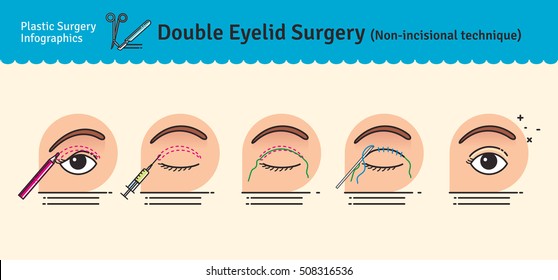The Development Of Modern Cataract Surgical Procedure Approaches: A Comprehensive Evaluation
The Development Of Modern Cataract Surgical Procedure Approaches: A Comprehensive Evaluation
Blog Article
Posted By-Ottesen Alexander
As you explore the development of sophisticated cataract surgical treatment methods, you'll witness a journey marked by resourcefulness and precision. From ancient methods that paved the way for contemporary developments to sophisticated innovations that are transforming the area, the comprehensive review of cataract surgical treatment strategies is a testimony to human development and dedication to boosting person end results. does cataract surgery between historic strategies and advanced improvements produces an intriguing narrative that sheds light on the evolution of among the most usual surgical procedures worldwide.
Historic Strategies and Technologies
Explore how very early specialists reinvented cataract therapy by employing innovative strategies and tools. In the past, cataract surgical procedure was a dangerous and unpleasant procedure. However, old Indian doctors were amongst the very first to attempt medical interventions for cataracts, using a method called 'couching' where a sharp tool was used to push the cataract back right into the eye. This method, though crude by today's standards, laid the groundwork for future innovations in cataract surgical procedure.
As time progressed, Arab physicians made significant contributions by developing specialized needles for cataract removal. These needles were utilized to puncture the cataract and after that remove it from the eye, noting a substantial improvement in medical precision.
Later on, in the 18th century, the French surgeon Jacques Daviel originated the technique of extracapsular cataract extraction, where the whole lens was removed intact with a larger cut. read more marked a major development in cataract surgical procedure methods, paving the way for the modern treatments we utilize today.
Modern Surgical Approaches
Early techniques in cataract surgery have progressed considerably, causing the growth of contemporary surgical strategies that prioritize accuracy and boosted client outcomes. Modern cataract surgery currently often includes a procedure called phacoemulsification, where an ultrasonic tool separate the cataract for removal via a tiny cut. This method allows for quicker recovery and lowers the risk of complications compared to older techniques.
In addition, using advanced intraocular lenses (IOLs) has actually revolutionized cataract surgical treatment outcomes. These lenses can correct not only the cataract yet likewise other refractive errors like astigmatism, lowering the requirement for glasses post-surgery.
Surgeons today additionally have accessibility to innovative imaging modern technologies that aid in precise preoperative planning and intraoperative decision-making. Optical comprehensibility tomography (OCT) and other imaging modalities offer in-depth images of the eye's structures, permitting a much more tailored strategy to every patient's surgical treatment. With these developments, contemporary cataract surgical treatment techniques continue to boost, supplying clients much safer procedures and much better visual end results.
Arising Technologies in Cataract Surgery
With improvements in innovation transforming the field, cataract surgery is experiencing the combination of cutting-edge strategies for boosted patient end results. Emerging modern technologies in cataract surgical treatment are improving the landscape of sensory procedures. One such development is femtosecond laser modern technology, which allows for accurate corneal lacerations, capsulotomies, and lens fragmentation, causing enhanced medical accuracy and end results.
In addition, intraoperative aberrometry is gaining appeal, making it possible for real-time measurements of refractive errors throughout surgical treatment to boost intraocular lens power computations and decrease postoperative refractive shocks.
Additionally, using sophisticated imaging innovations like optical comprehensibility tomography (OCT) and intraoperative wavefront aberrometry aids specialists in specific surgical planning and execution. These devices give comprehensive physiological details and aid personalize medical approaches for each and every patient's special eye attributes.
In addition, developments in expert system are being explored to help in preoperative preparation, intraoperative decision-making, and postoperative treatment, potentially optimizing medical results and client contentment. Embracing these emerging innovations in cataract surgical procedure holds guarantee for more boosting client outcomes and making certain the continued development of ocular surgical techniques.
Conclusion
As you journey via the background of cataract surgical procedure, you witness the change from ancient techniques to cutting-edge technologies. Like a phoenix increasing from the ashes, cataract surgical procedure has advanced into a beacon of hope and technology.
Just as a caterpillar arises from its cocoon as a gorgeous butterfly, cataract surgery has developed into a refined art type, offering individuals more clear vision and a brighter future.
The evolution proceeds, beaming a light on endless opportunities.
